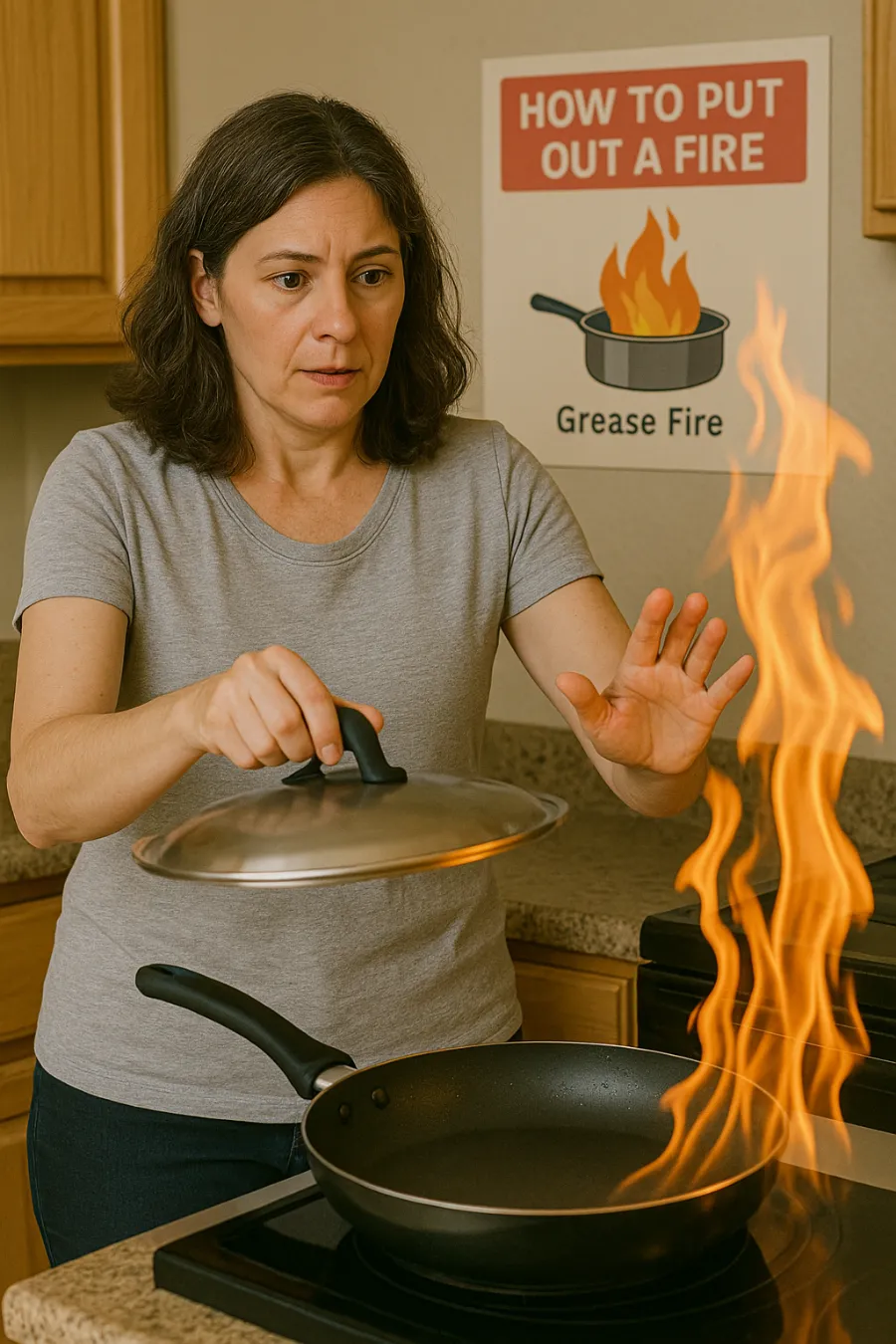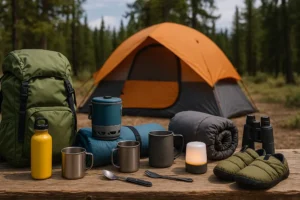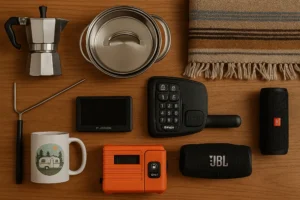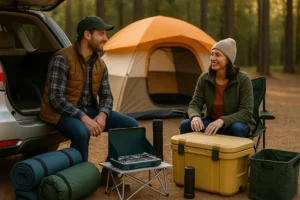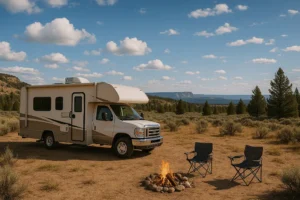Fires are terrifying. They move fast, create chaos, and can turn a normal day into an emergency in seconds. Knowing how to put out a fire isn’t just about protecting your property—it’s about protecting your life and the lives of those around you. The truth is, most people are caught off guard when a fire breaks out. But with the right knowledge, you can act quickly and effectively.
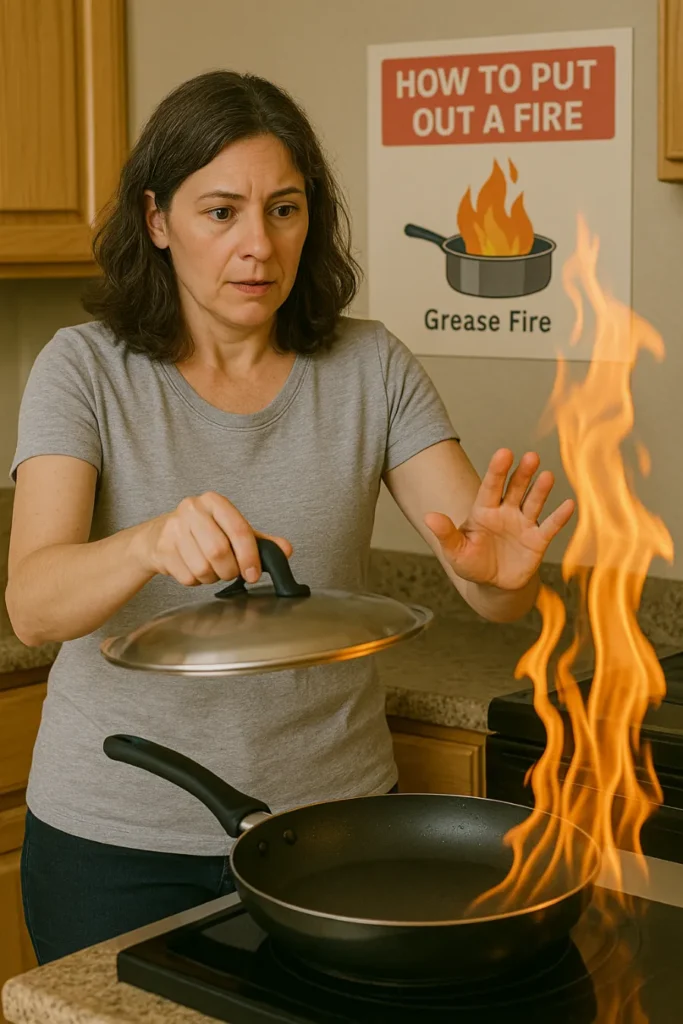
This guide will walk you through everything: understanding how fires start, how to extinguish different types, when to call for help, and how to prevent fires in the first place.
The Fire Triangle: Heat, Fuel, Oxygen
At the heart of every fire is a simple concept known as the fire triangle. It has three components:
- Heat – the ignition source, like a spark, flame, or even sunlight.
- Fuel – anything that can burn, such as wood, grease, fabric, or chemicals.
- Oxygen – fire feeds on oxygen, which is why it spreads so easily in open spaces.
To put out a fire, you need to remove at least one side of the triangle. You can:
- Cool it down (removing heat, often with water).
- Smother it (removing oxygen, using blankets, lids, or foam).
- Starve it (removing fuel, like cutting off gas flow).
Understanding this principle makes it easier to remember what works—and what doesn’t—when tackling different types of fires.
Different Types of Fires and How to Handle Them
Not all fires are created equal. Using the wrong method can actually make things worse. Here’s how to recognize and deal with the most common fire types.
Kitchen Fires (Oil or Grease Fires)
Kitchens are one of the top sources of home fires. Hot oil, unattended pans, or food left too long on the stove can quickly erupt into flames.
- NEVER use water. Water and oil don’t mix. Water droplets instantly turn to steam, splattering burning oil everywhere.
- What to do instead:
- Slide a metal lid or cookie sheet over the pan to cut off oxygen.
- Turn off the heat source immediately.
- If it’s small, dump baking soda or salt directly onto the flames.
- Keep the oven or microwave door shut if the fire is inside.
Avoid flour—it’s flammable and can cause a fireball.
Chemical Fires
Many everyday items are flammable: alcohol, hand sanitizer, nail polish remover, aerosol sprays. When exposed to open flames, they can ignite instantly.
- Don’t use water. Like grease fires, this can cause chemical reactions that spread the fire.
- What to do instead:
- Use a fire blanket to smother it.
- Pour baking soda or sand directly over the flames.
Electrical Fires
Faulty wiring, overloaded circuits, or damaged cords are common culprits. Space heaters and old appliances are frequent fire starters.
- NEVER throw water. You risk electrocution.
- What to do instead:
- Unplug the device, if it’s safe.
- Shut off the circuit at the breaker box.
- Smother small flames with baking soda or use a Class C fire extinguisher.
Ordinary Fires (Paper, Wood, Fabric, Trash)
These are Class A fires—the ones most people imagine when they think of flames.
- What to do:
- Water works well here.
- For fireplaces, spread out embers and cover them with sand or baking soda instead of pouring water, which can make a mess.
Campfires and Brush Fires
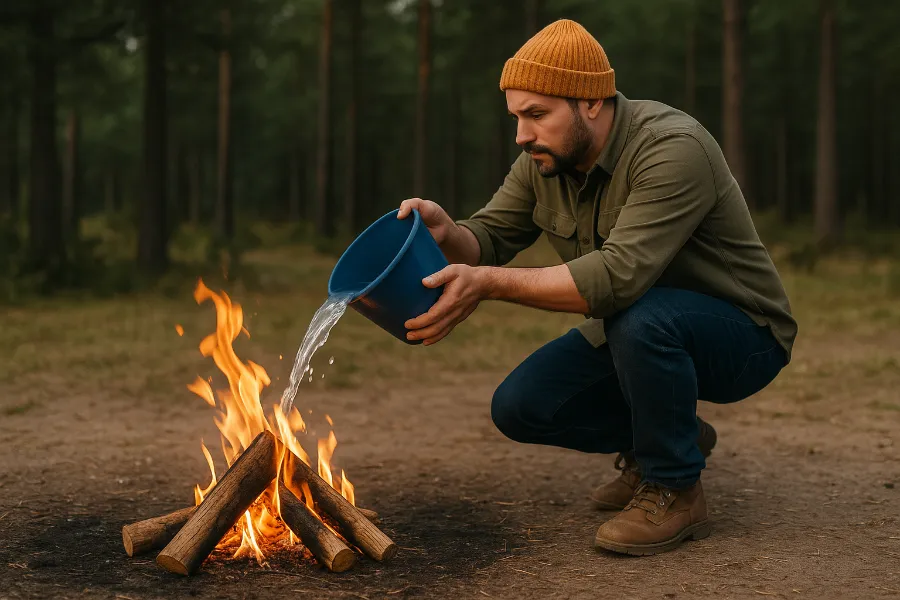
Outdoor fires need special attention. A campfire that isn’t properly put out can reignite hours later and spread into a wildfire.
- How to put out a campfire:
- Let the wood burn to ash.
- Spread the embers and douse them with lots of water, stirring until cool.
- If no water is available, use dirt or sand, but never just bury the fire—it can smolder underground and resurface.
- How to contain a brush fire:
- Create a fire break by clearing vegetation or digging a trench around the flames.
- Use water if available, but be prepared to evacuate if it spreads quickly.
Tools and Techniques for Extinguishing Fires
You don’t always need a fire extinguisher—but when you have one, knowing how to use it properly is critical.
Fire Extinguishers
Not all extinguishers are the same. They’re categorized by the type of fire they can fight:
| Class | Type of Fire | Best Use |
|---|---|---|
| A | Wood, paper, fabric, trash | Water or foam |
| B | Flammable liquids (oil, gas, grease) | Foam or dry chemical |
| C | Electrical equipment | Dry chemical or CO₂ |
| D | Combustible metals (magnesium, sodium) | Dry powder |
| K | Cooking oils/fats | Wet chemical |
How to use a fire extinguisher (PASS method):
- Pull the pin.
- Aim low at the base of the fire.
- Squeeze the handle.
- Sweep side to side until it’s out.
If the fire doesn’t stop in seconds—evacuate immediately.
Fire Blankets
A fire blanket is a sheet of fire-resistant material (often fiberglass). Place it gently over flames to suffocate them. They’re especially effective for:
- Kitchen fires
- Small chemical fires
- Clothing fires (stop, drop, and roll, then cover with a blanket)
Everyday Items That Work
If you don’t have professional gear, you may still have tools on hand:
- Baking soda or salt – best for grease or chemical fires.
- Sand or dirt – smothers outdoor flames.
- Water – only for Class A fires.
When Not to Fight a Fire
Not every fire can—or should—be fought. If it grows beyond a small, contained flame, your priority is safety.
- If the fire is spreading quickly.
- If smoke is overwhelming.
- If you don’t have the right extinguisher.
- If it’s blocking your exit.
Get out immediately. Call 911. Property can be replaced—lives cannot.
Preventing Fires at Home and Outdoors
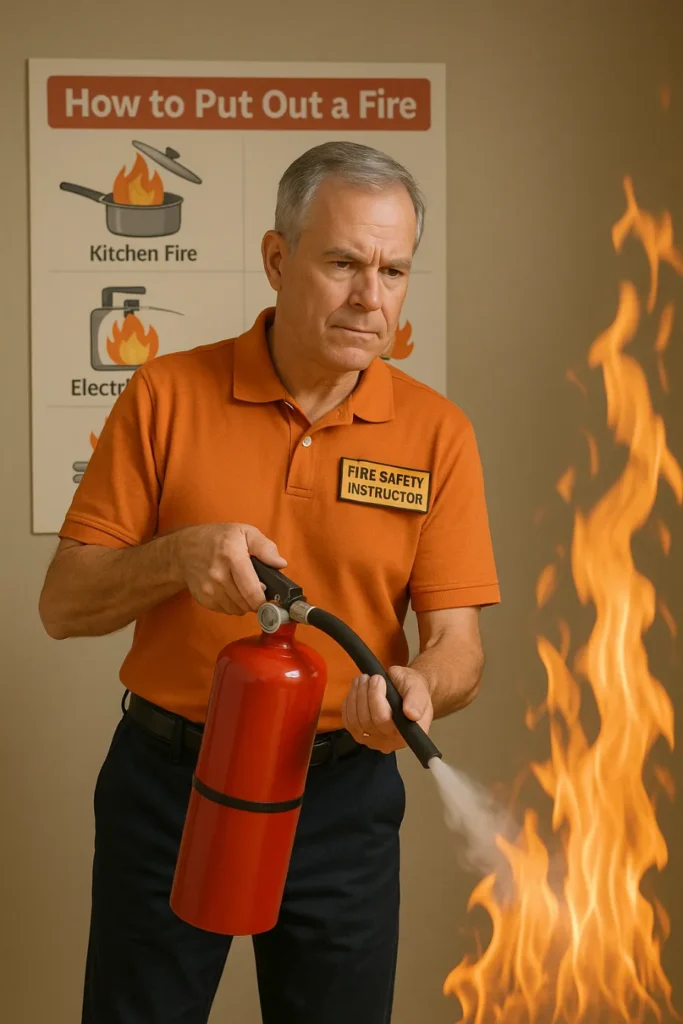
The best way to fight a fire is to prevent it from starting. A few proactive steps can make your home or camp much safer.
- Install smoke alarms in every bedroom and hallway. Test them monthly.
- Maintain electrical systems—don’t overload outlets, replace frayed cords, and upgrade old wiring.
- Cook safely—never leave pans unattended, and keep flammable items away from stoves.
- Be cautious with candles—never leave them burning when you leave a room.
- Handle campfires responsibly—keep them small, supervised, and fully extinguished before leaving.
- Store flammable chemicals properly in sealed containers, away from heat sources.
Final Thoughts: Be Prepared, Stay Safe
Knowing how to put out a fire is about more than following a checklist—it’s about building confidence in an emergency. Fires are unpredictable, but preparation makes all the difference.
Have extinguishers ready. Know which fires water will work on, and which it won’t. Practice using the PASS method. And most importantly, know when to walk away and call for help.
Because at the end of the day, the best outcome isn’t saving your property—it’s making sure everyone walks away safely.

